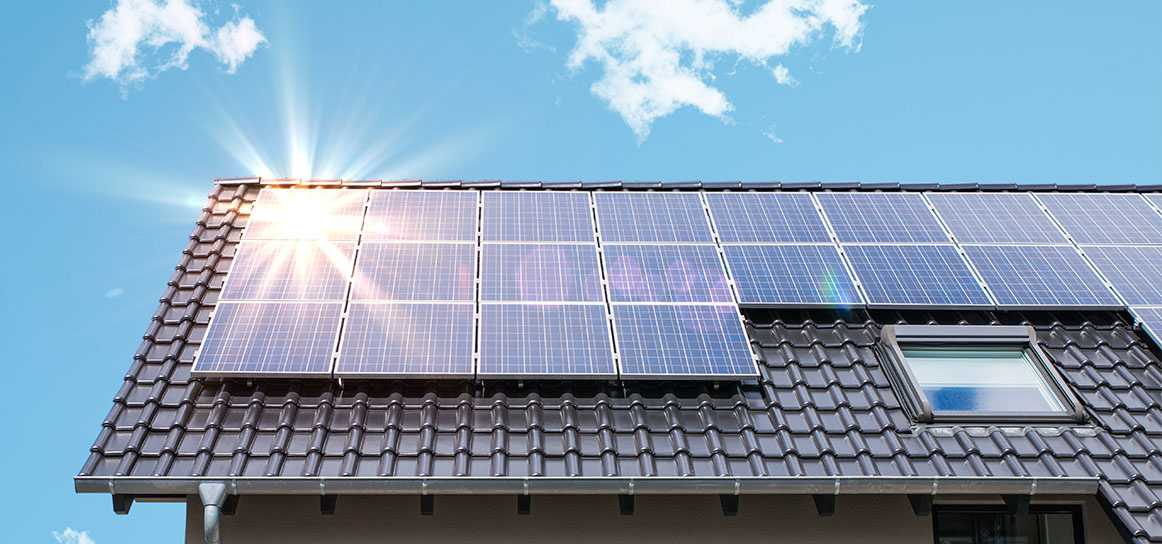SANDY Forecast Service: Photovoltaic Production Forecast
Knowing what to expect
The economic efficiency of Photovoltaic systems is significantly determined by the amount of the self-consumption. It can be actively increased when power consumers or battery storages are incorporated. But how can the increase of the self-consumption be planned without knowing when the Photovoltaic system will delivery a sufficient amount of power?
The SANDY “Photovoltaic Production Forecast” makes it possible to predict the hourly output of a Photovoltaic system to be expected up to the end of the following day. This prognosis incorporates historical production measurement values of the Photovoltaic system and the local weather forecast. The economic potential of self-produced energy can thereby be fully exhausted.
Invisible
Your Benefits
This helps to optimize the economic efficiency of the system, for example by increasing the self-consumption rate in your service to manage consumers or battery storages or for information about when which energy quantities can be produced and marketed or fed into the network.
The SANDY “Photovoltaic Production Forecast” is based on the counter data of an existing production counter, is self-learning and adapts the prognosis to changing conditions. System-specific characteristics are automatically taken into consideration in the prognosis model, for instance degradation, drop of power or shading. In addition to private users, business operators or network operators, the SANDY “Photovoltaic Production Forecast” can also be used for large freestanding systems to optimize energy commercialization.

Use scenario
Application example private household
If the PV system produces more power than can be self-consumed at present, it either throttled in the output or the excess power is fed into the public network at a low price. Vice versa, any required power due to a lack of solar irradiation must be procured from the network at a high cost. If it is known in advance when a high PV production is to be expected, the use of specific power consumers can be specifically scheduled during those times. For example, the use of a washer or dryer, charging an electric car or heating up the hot water tank.
Invisible
Target Group
› Energy management system developers
› Power brokers
› Manufacturers of battery storage systems
› Providers of solutions surrounding photovoltaics
› App and application developers
Added values for your custumers
› Increased transparency
Added values for your company
› Increase of customer satisfaction because your customer is saving money and energy
› quick and easy integration
› scaling with growing customer base
› all of the benefits of “Software as a Service”, for instance high availability, automatic updates, no maintenance expense
› no transmission of personal data necessary
Technical Details
› Communication via state-of-the-art RESTful API
› Input:
– Amount of energy produced by the PV system every 15 minutes
– Customer’s postal code for location identification
› Output:
– Production prognosis up to the end of the following day in 15 minute intervals
› Security:
– encrypted data transmission via HTTPS
– authorization via individual API key
– reliable operation in the Microsoft Azure Cloud
